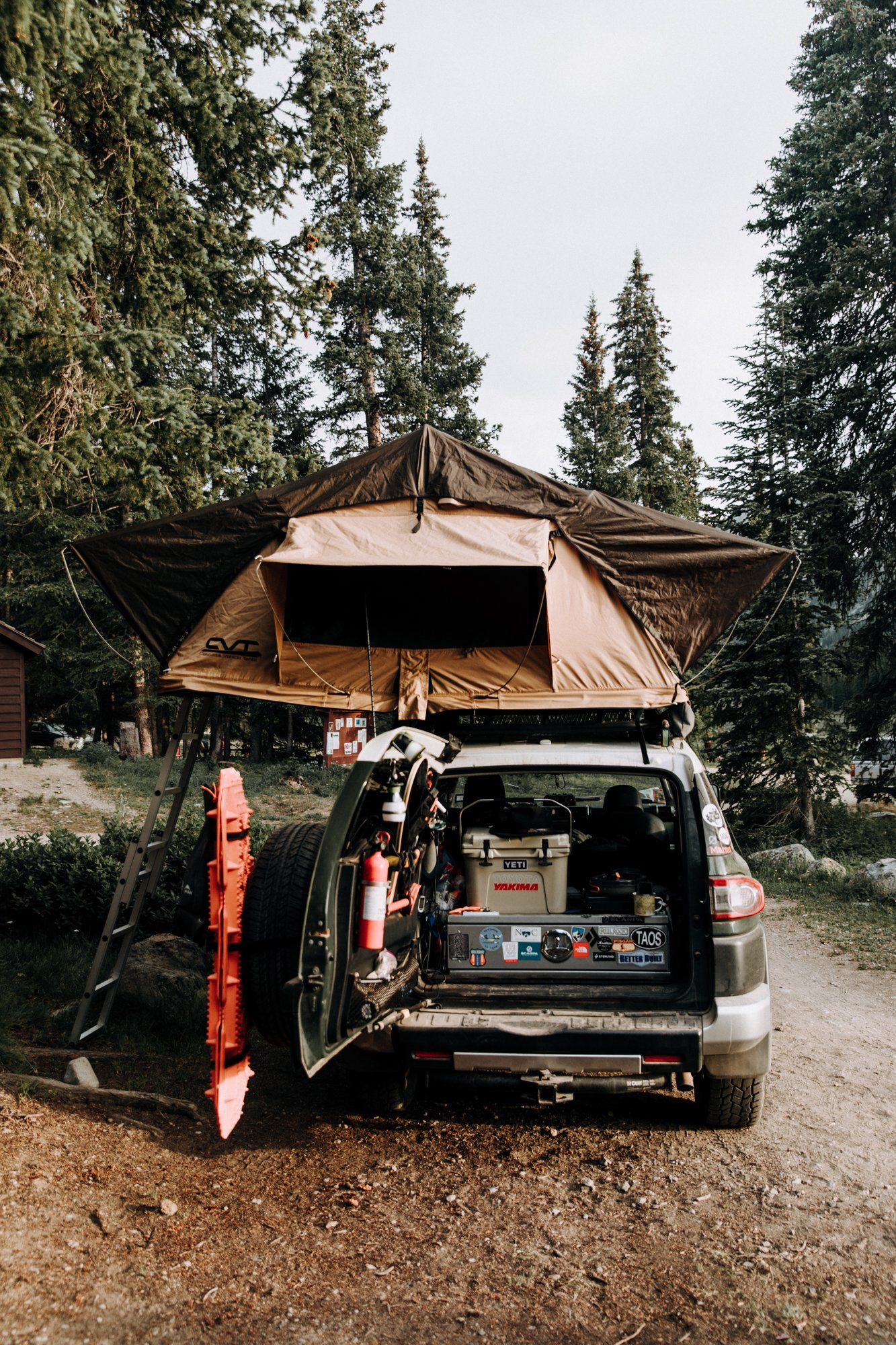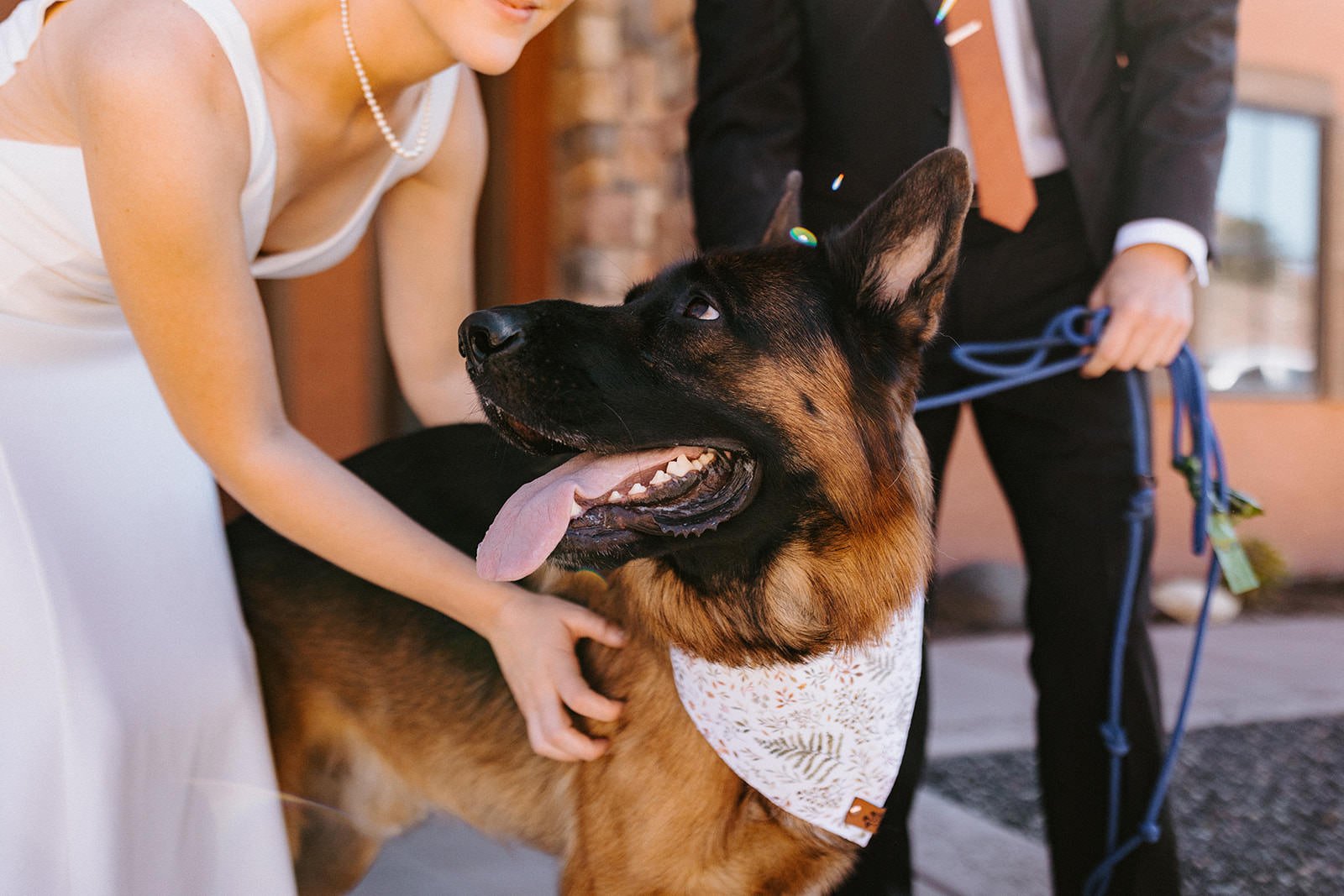How to Camp Out of Your Car
***Bonus packing list included at the bottom!
You don’t need to drive a sprinter van or have four wheel drive to travel around; you don’t even need a cool looking Land Cruiser or a money guzzling Land Rover. Whatever you have in your driveway will do just fine because I don’t think anyone wakes up one day and says “I want to live in my van in the middle of the city”. It’s not about the van, it’s about how accessible the rest of the world becomes.
So the first thing you need to know when traveling or living out of your car is that you aren’t there to be comfortable, you’re there to see new places.
How to Sleep -In or Out of- Your Car
There are a few different ways to sleep in of your car.
01. Build a platform, lay your seats down and sleep in your car.
02. Tnt camp
03. Invest in a rooftop tent.
If you’re looking for the most convienent set up, sleeping in your car is it. You take out any back seats, fold your front seats down, and build a platform if need-be. Once you have a solid place to lay your head, put down a sleeping pad, or thick foam from a craft store like Joanns, and you’re all set. For problems like condensation when sleeping in your car, you can roll a towel up in your window at night to help. One of the downsides of sleeping in your car is rearranging your things, usually now in the front seat, to have the room to lie down.
Your second best option is sleeping in a tent, or just sleeping outside in general. If you’re worried about finding places to camp, try googling ‘free campsites’ or do some research on BLM and National Forest land a head of time in the area you’ll be visiting. A few years ago I wrote a blog post on how to save money on the road which discusses this more in depth but I use the app US Free Campgrounds to find places to camp, a lot of times there will be reviews about the road conditions as well, incase you happen to drive a car with -5 inch clearance like me.
Tents are a great way to go, the only downside being you are more exposed to weather and you have to set up/take down.
If none of the above work for you and you want to be really ~bougie~, you can get a rooftop tent. Just make sure your car roof can handle the weight because my Hyundai cannot, but I’ve seen rooftop tents on other four door sedans so some can make it work! The downside is they aren’t easy to set up and take down, and they are expensive. They are hardest to pack away in the winter when its cold, or after snow when the snow turns to ice on the zippers. Another thing to note is that if it does happen to rain and you have to pack up, you then have to open it back up at home to let it air/dry out so it doesn’t get moldy. I do love that it keeps me off of the ground though, so if it’s windy there isn’t sand blowing in, and condensation doesn’t build up on rainy nights. I also feel more protected in high country where bears can be an issue!
How to Eat on the Road
I’m just about the cheapest person ever so this is one of my favorite things to talk about. You will come to find that any food tastes 130593 times better on the road. Even ramen.
Some of my must-have items for car camping is my two burner Coleman stove, so I can cook two things at once, and not have to worry about the pot falling off (unlike a lot of lightweight backpacking stoves).
For refrigeration, if you have a cooler, that is obviously the best. I don’t think you need to buy an expensive hard sided cooler unless you spend a lot of time in bear country, otherwise a soft sided cooler works just fine. Soft sided is also nice if you are limited on space because you can crush it down when its not in use. Whatever cooler you have though you still have to get ice, which lets be honest, is the real pain. If you want other options for keeping food cold and you have the room, you can look into Dometic. We have one and it is a game changer, I love not having to worry about ice, or water getting in and ruining the food.
You don’t need a cooler to go camping though, and if thats the case, look into dry food or veggies that don’t need to be refrigerated. Rice, beans, pasta, potatoes, avocados, tomatoes, and most fruits and veggies. I’m also not afraid of eating leftovers the next day too because the less trips I have to make into town for groceries, the better. For breakfast I always have oatmeal because if you just tear the top off you can pour the water directly into the packet for easy cleanup. And then peanut butter and jelly or wraps for lunch are another go to because its fast, easy, and packable for hikes.
And then there’s the staple, coffee. I still haven’t found a good way to make coffee outdoors so please enlighten me. I’ve tried everything. French press, percolator, instant coffee, coffee bags, prepackaged coffee, the GSI java press. Instant coffee is the easiest but its incredibly expensive so I’m still on the hunt for a more cost effective way.
How to Stay Dry
I think the important thing to mention here is that camping in the rain sucks, and I still find myself splurging on hotel rooms just to avoid it. With that being said, you do have a few options.
A tarp, canopy, or awning.
A company called Kelty that is based out of Boulder, Colorado sells a good variety of different tarps and canopies.
Yakima makes car awnings for rain and sun shade that fit on just about any car, big or small.
You can pick up a tarp just about anywhere and hang it sloped over your car using tent poles, bungie cords, or just about any other thrown together way.
Some other things to note, synthetic sleeping bags are usually better in the winter/wet season because they will still insulate you even if they are wet. This is super important if, like me, you pull the sleeping bag up over your head in the winter because your breath = moisture = wet sleeping bag.
How to Stay Warm
I’m a big fan of camping in the winter, no matter how much I hate it. Most places are less crowded (hello Moab in the off-season!) and the days are usually warm enough to do some type of activity. I’ve written a blog post about how to stay warm but what I’ve learned over the years is that I’m not there to be warm and I can only hope to be “comfortably cold”. Here is a list of things I’ve done through the years to help achieve that.
Hot Hands hand and feet warmers, battery powered hands warmers, or insulated shoe soles. I just swap my shoe soles out depending on what shoes I’m wearing.
These down booties from Teva, are quick slide on/slide off shoes perfect for having to get out of the tent in the middle of the night without have to put my feet into cold boots.
A high R-Value sleeping pad to insulate you while you sleep, as well as a low degree sleeping back (I prefer a 0 degree bag in the winter) and a sleeping bag liner.
Tons of firewood and good food to fill you up and give you energy to burn through the night.
Base layer or liner socks, and wool socks. Also, pro-tip, I always change my socks when I get into the tent for sleep.
One time my partner and I bought an electric blanket and plugged it into the Goal Zero (a portable power bank) and warmed up the sleeping bag before we got in it. Probably not safe at all but IT WAS AMAZING. We’ve also had friends warm up our tents beforehand with their Mr. Buddy propane heaters (also probably not safe) and that was equally amazing.
How to Stay Cool While Camping Out of Your Car
If you live in the desert like I do, you probably run into this a lot. The above mentioned canopies do a lot in keeping the sun off of you, but also keep in mind how to keep the sun off of you when you’re out hiking around. I wear long sleeve moisture wicking shirts, wet bandanas or buffs, and a hat if I know I’m going to be on an exposed hike. Some other ideas:
Use a tent with a lot of mesh (not a four season!), disassemble your tent to keep the sun from baking it during the day, or if the weather is clear, remove the rainfly.
Invest in a solar shower. I can’t tell you how amazing it is to shower after a long hot day of hiking.
Find a lake or ocean to swim in. Just please be pro-active of understanding what sunscreen you are wearing if you are around coral reefs and how damaging it can be.
Don’t use a sleeping bag, instead just bring a small sheet or blanket for nighttime.
Wake up before the sun because nothing is worse than waking up sweaty at 7am and already being baked in your tent.
Choose hikes or activities that are shaded. This is the perfect time for canyoneering, or hiking through slot canyons.
DRINK PLENTY OF WATER! Be smart and alert about how you feel, how much water you are drinking and how much sun you are getting in order to avoid dehydration and heatstroke.
Camping Packing List
Here is my camping packing list that I use for all of my trips. Some of my items are more specific but you get the idea.
Clothing
-Socks
-Undies
-Bathing Suit
-Shorts
-Pants
-Tanks
-Tee’s
-Sweaters
-Warm Jacket
-Rain Jacket
-Gloves
- Shoes (sandals, hiking shoes, waterproof shoes)
-Sunglasses
-Hats
-Bandanas or Buffs
-Empty bag for dirty clothes
Camping Gear
-Tent
-Sleeping bag
-Sleeping pad
-Pillow
-Ground blankets or chairs
-Headlamp
Food Stuff
-Water bottle (well insulated for heat or cold)
-Plate
-Coffee/camp cup or mug
-Spork
-Pots
-Lighter
-Stove
-Dr. Bronners Soap for cleaning dishes and washing hands
-Baby wipes
-Trash bag (dry bag work great)
-Spatula
-Can Opener
-Knives
-Cutting Board
-French press (or someway to make coffee if not instant)
-Mr Buddy water container (or something to store large amounts of water)
Toiletries
-Toothbrush
-Toothpaste
-Deodorant
-Shampoo + Conditioner + Soap
-Menstrual supplies
-Comb/Brush
-Towel
-Toilet Paper and Trowel
-FUD
Hiking Gear
-Hiking Boots
-Backpack + Bladder
-Trekking Poles
-Female Urination Device (I recommend the Sani-Fem Freshette!)
MISC
-Book
-Camera + Lens + Charger + SD cards
-Headphones
-Journal + Pen
-Phone Charger
-Laptop + Charger
-Adaptor for Mac USB-C port
-Cable for transferring photos to laptop
-Cash for campgrounds
-Business Cards
-Medication
-Board games/cards
-Goal Zero or some other portable battery charger
-Sunscreen
-Insect Repellent
-Fire wood
-Hatchet or some way to split large firewood
If you’ve been on the fence about going camping but aren’t sure what you need, I hope this guide helps! Yes having a van or large vehicle to camp out of is nice, but small cars are just as capable of getting you places, and you save on gas money, so who’s the real winner here.










































